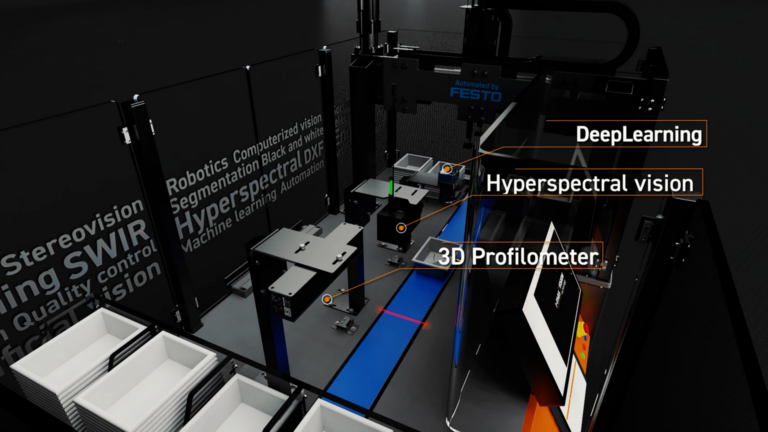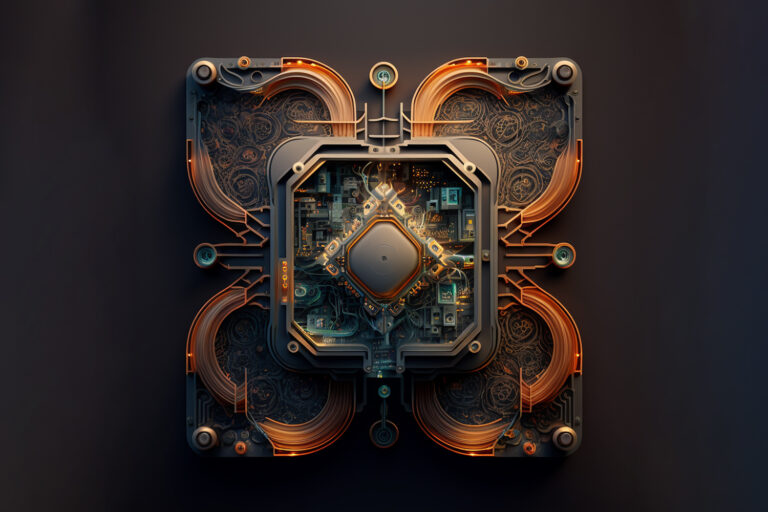Most likely, everyone has heard about Artificial Intelligence (AI) on multiple occasions. It’s a recurring topic, especially at technology fairs like ISE, IOT, Mobile World Congress…; which have resumed after a significant hiatus due to the pandemic. And as a result, the media eagerly echo this trend, fascinated by the possibilities that this innovative technology offers to meet the challenges of modern society. The new paradigm of our society, with technological processes advancing at an astronomical pace, demands new services that streamline and simplify life for everyone.
The humanization of Artificial Intelligence
Undoubtedly, artificial vision systems and, in general, Artificial Intelligence , have taken center stage, especially in the last decade. Industrial developers, as well as computer programmers and other technological profiles working for major brands, have driven the development of products and/or new machines that allow for much easier interaction with this technology.
In fact, the word interaction is the key to this new paradigm. Realmente este patrón innovador nos permite establecer una relación con las nuevas máquinas que hasta ahora no teníamos. A new challenge arises where we will have to interact (in fact, we are already doing so) with machines while simultaneously engaging with brands. And also, let’s not forget the brands that work with and use this Industry 4.0 technology in our products. From a communicative standpoint, a new way of seeing and understanding our surroundings opens up, especially in how we interact with the consumer. Adapting to this without losing interpersonal relationships will be a challenge.
The trend is to give AI systems a more human-like behavior or appearance in order to enhance their interaction with humans. This may include personality, empathy, consciousness, and the ability to learn and evolve. However, it’s important to remember that Artificial Intelligence is not human and remains a technology designed by humans
The humanization of AI is a growing trend in the technology industry, with applications in areas such as robotics, virtual assistants, and emotional intelligence The main reason behind the humanization of Artificial Intelligence is to enhance the interaction and communication between humans and technology.
The Influence of AI at i-mas
At i-mas For over eight years, we have been researching and implementing Artificial Intelligence and Deep Learning in our projects. Innovation is our daily bread, the driving force that propels us to engage in projects that, in one way or another, improve the society we live in. One of these projects is be.ia, an innovative device that has revolutionized the world of gynecology and medicine in general. It is capable of rendering hyper-realistic images captured from the faces of babies gestating in their mother’s womb.
It is the most significant technological disruption in the field of gynecology and obstetric photography presented in the last 20 years. With high-quality design and innovative technology, it has revolutionized the way ultrasound is performed.
Indeed, technology is undoubtedly the hallmark of our time. To a large extent, our lives revolve around technology and relentless innovation. However, it’s essential that humanization leads this process, and we avoid becoming a Blade Runner world.
You can learn more about our projects and services at: i-mas.




